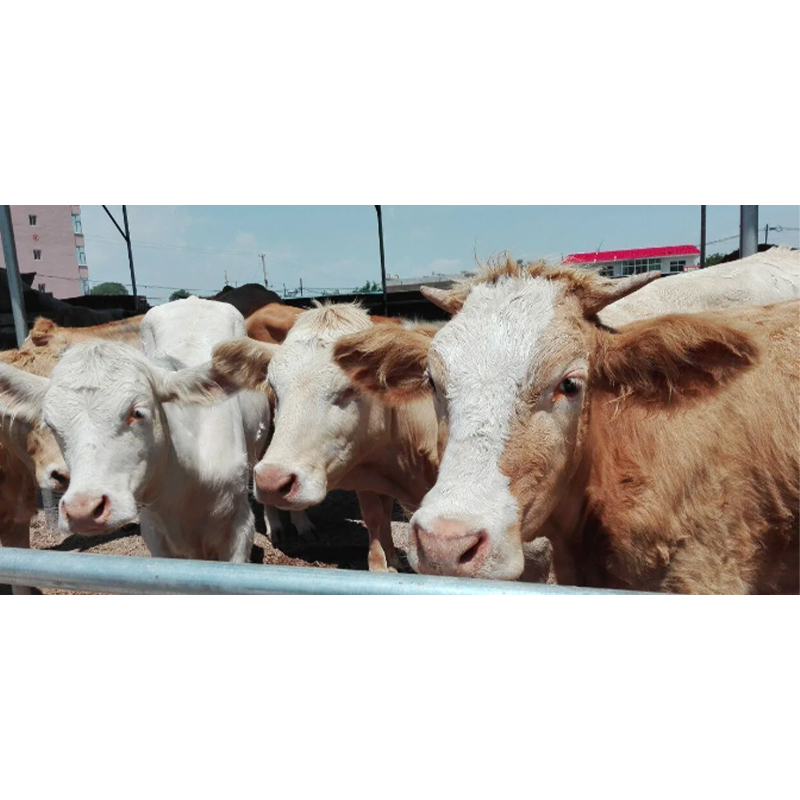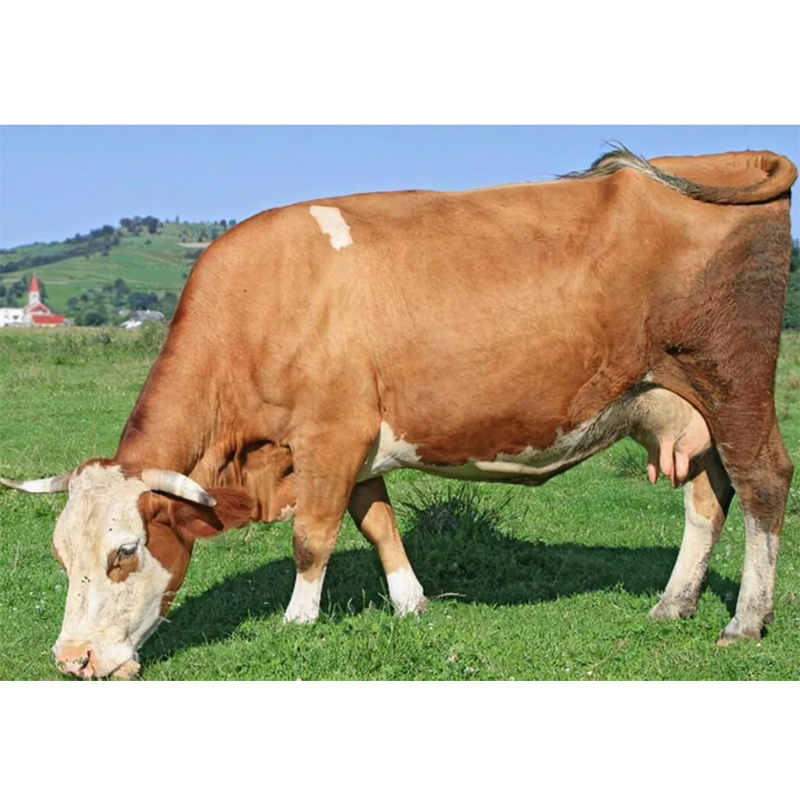
Beef cattle farming faces numerous challenges. What secrets to boosting efficiency do compound premix feeds hold?
Publish Time: 2025-09-01
Dilemmas of Beef Cattle Farming and the Need for SolutionsWhile the beef cattle farming industry is booming, farmers face numerous challenges. From high medical costs caused by frequent illnesses, to growth retardation caused by stress, to the high incidence of hoof disease in later life that impacts marketability and meat quality, these issues are like huge hurdles hindering improved farming efficiency. Traditional feeds often fall short of addressing these complex challenges, but a high-quality compound premix feed may be the key to a breakthrough. Let's uncover the secrets behind this compound premix feed's boosted efficiency.Sufficient Trace Elements: Strengthening Beef Cattle's Immune DefenseTrace Elements - The "Invisible Guardians" of the Immune SystemAlthough trace elements are present in extremely low concentrations in beef cattle, they play an essential role in maintaining normal physiological functions and immune systems. This compound premix feed contains sufficient and strategically formulated trace elements, such as iron, copper, and selenium. Iron is a crucial component of hemoglobin and participates in the transport and storage of oxygen. Adequate iron ensures adequate oxygen supply to all tissues and organs of beef cattle, maintaining normal metabolic activity. Copper participates in the synthesis and activation of numerous enzymes, playing a crucial role in their growth, development, bone formation, and immune function. Selenium is a powerful antioxidant that scavenges free radicals in the body, protecting cells from oxidative damage, enhancing immune cell activity, and improving the resistance of beef cattle.Proven Case Study: Witnessing the Immunity-Boosting EffectA large beef cattle farm was once facing problems with low immunity and frequent illness in its cattle. After using this compound premix feed for a period of time, significant improvements were seen. Regular physical examinations and data analysis revealed a significant increase in immunoglobulin levels and enhanced white blood cell activity in the cattle's blood, indicating effective immune system activation. Furthermore, the farm's morbidity rates have significantly decreased, particularly with respiratory and digestive tract diseases falling by [X]%. This has significantly reduced treatment costs and improved farm profitability.High-Level Vitamin E Formula: Relieves Stress and Protects Beef Cattle HealthStress—The "Invisible Killer" in Beef Cattle FarmingBeef cattle face various stressors during their farming process, such as transportation, herd rotation, environmental changes, and feed changes. These stressors can disrupt the animal's physiological balance, leading to slower growth, reduced feed utilization, decreased reproductive performance, and even illness and death. Vitamin E (VE), as an important antioxidant and immunomodulator, plays a unique role in alleviating stress in beef cattle.The Miraculous Mechanism of VE in Relieving StressThis compound premix feed, formulated with a high level of VE, effectively neutralizes stress-induced free radicals in beef cattle, reducing oxidative damage and protecting cell membrane integrity. VE also modulates the immune system, enhancing immune cell activity and improving resistance to stress. In a transport stress test, beef cattle fed a compound premix feed containing high levels of vitamin E significantly reduced their stress response, significantly decreased serum cortisol (a stress hormone), and increased immunoglobulin levels. This suggests that vitamin E can help beef cattle better cope with transport stress and maintain good health.Improving Health and Enhancing Farming EfficiencyIn actual farming, beef cattle fed this compound premix feed demonstrated enhanced adaptability to various stressful situations. For example, during the hot summer months, feed intake and growth rates are typically affected, but cattle fed this feed were able to better regulate their body temperature and maintain normal feed intake and growth. Furthermore, the antioxidant effects of vitamin E improved muscle quality, resulting in a brighter red color and more tender meat, increasing the market value of the cattle.Fortified Manganese and Zinc: Preventing Late-Stage Hoof Diseases and Ensuring Market QualityHoof Disease - A Stumbling Block in Beef Cattle BreedingHoof disease is a common disease in the middle and late stages of beef cattle breeding, severely affecting their ability to walk and feed, leading to slower growth and even failure to reach market. The occurrence of hoof disease is associated with a variety of factors, with trace element deficiencies being a significant factor. Manganese and zinc play a key role in the development of bones and hooves in beef cattle.The Scientific Basis for the Use of Manganese and Zinc in Preventing Hoof DiseaseThis compound premix feed is specially fortified with manganese and zinc. Manganese is a cofactor for several enzymes and is involved in the synthesis of collagen, a crucial component of hoof tissue. Adequate manganese ensures normal collagen synthesis, enhances the toughness and strength of hoof tissue, and reduces the occurrence of hoof cracks and hoof ulcers. Zinc participates in cell division and proliferation and is crucial for the health and repair of hoof skin. Zinc deficiency can lead to poor keratinization of the hoof skin, making it susceptible to bacterial infection and causing diseases such as laminitis.Actual Results: Reduced Hoof Disease Incidence and Increased Market ProfitIn a one-year breeding trial, beef cattle were divided into two groups: one fed a standard feed and the other fed this compound premix feed fortified with manganese and zinc. The results showed that the incidence of hoof disease in the late stages of gestation in the cattle fed the standard feed was as high as [X]%, while the incidence in the cattle fed the fortified feed was only [X]%, significantly lower than that in the control group. Furthermore, the market profit rate of the cattle in the fortified feed group increased by [X]% and the market weight increased by [X] kg, bringing significant economic benefits to farmers.Compound Premix Feed: Ushering in a New Era of Efficient Beef Cattle BreedingWith its abundant trace elements, high-vitamin E formula, and fortified manganese and zinc, this compound premix feed provides comprehensive support for the healthy growth of beef cattle, including boosting immunity, relieving stress, and preventing hoof disease. It not only addresses numerous challenges in beef cattle breeding but also significantly improves profitability, bringing tangible benefits to farmers. In the future beef cattle breeding industry, this compound premix feed is expected to become the first choice of the majority of breeders, leading beef cattle breeding into a new era of efficient, healthy and sustainable development.


